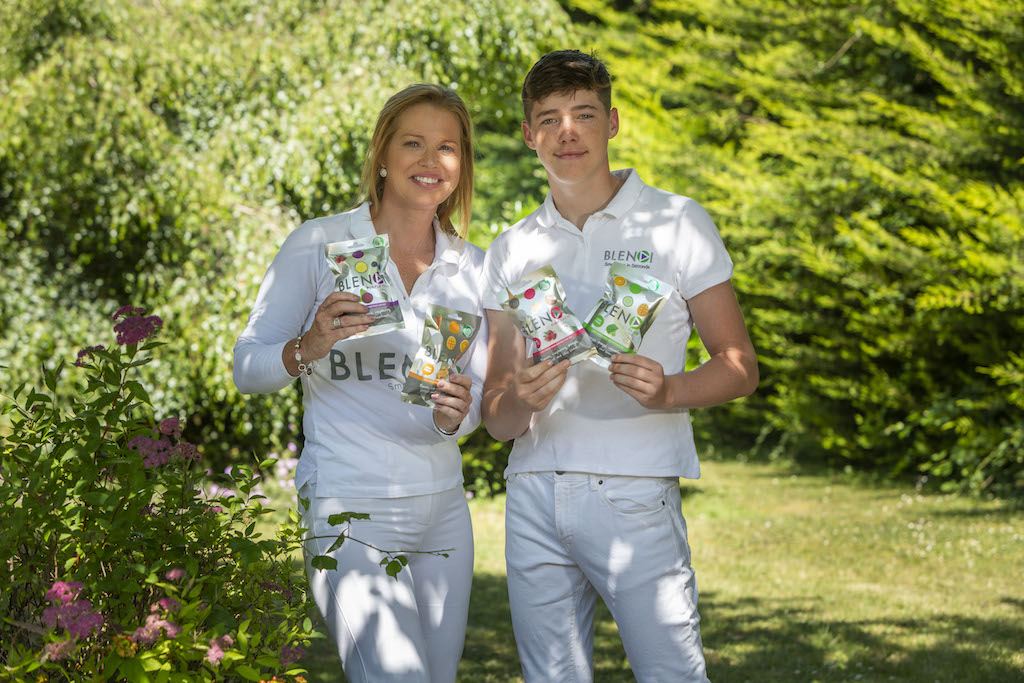‘You can’t stop the waves, but you can learn to surf.’ – John Kabat-Zinn.
You know when you feel the sense of time vanish and lose yourself in something you really enjoy?
What about going to work and being completely immersed in the process of creativity, in new exciting ideas? When you are in this state, you are going with the flow.
What precisely is this powerful state of “flow” and why is it so important for us? Also, how can we achieve it?
Psychologist and researcher Mihaly Csikszentmihalyi suggests that flow is “the state in which people are so involved in an activity that nothing else seems to matter”.
Flow is a state of intense concentration — a state in which people feel completely absorbed by what they are doing at that moment.
Interestingly, we generate the state of flow being involved in activities that require a great deal of energy and intense concentration – a game, a creative art, a sport or some challenging task at work.
Surprisingly, it almost never occurs when we are in a passive, relaxed state. Only in challenging situations can bring us to the state of flow. Because we must focus.
“We are what we repeatedly do. Excellence, then, is not an act but a habit. – Aristotle”
What happens to our mind when we are in the flow?
When we go with the flow, we are entirely focused on a concrete task without any distractions.
We tend to think that multitasking is a beneficial skill in a working environment. We tend to believe that combing tasks will save us time and switching back and forth between tasks very quickly will benefit in the long run.
However, it is scientifically proven that if we always ask our brain to switch back and forth between the tasks, we waste time, make more mistakes and remember less of what has been done. In reality, we just spend all our energy alternating between jobs instead of focusing on doing one of them correctly.
Finding the flow
Concentrating on one thing at a time may be the single most important factor in achieving flow.
Researcher Owen Schaffer of DePaul University suggests we find a difficult task, not too difficult, but slightly outside our comfort zone.
When we are slightly pushing ourselves, we can become more creative and skilful.
“Sometimes I write better than I can. – Ernest Hemingway”
‘Happiness is in the doing, not in the result’
Happiness is in these small steps you are taking on the long way to your goal. These steps can also be called structured activities or rituals.
When you ask yourself, if you have any rituals, you might say – ‘Maybe’, ‘I am not sure’, ‘No’, ‘It’s difficult to answer’. And it can be challenging to answer, as in many cultures today life is so busy and changeable, that all structured, planned activities are smashed by unexpected changes happening all the time.
Let’s imagine for a moment that life is inherently ritualistic. In earlier times we were hunting, cooking, farming, exploring and raising families – these structured activities or rituals kept us busy throughout the day.
Humans naturally followed rituals that gave us clear rules and objectives, helping to keep the day working in a balanced way. Even if the value of routines has been shifted in many cultures, rituals still remain an integral part of daily life and business practices in modern Japan. In the central Japanese religions – Confucianism, Buddhism, and Shintoism – rituals are more critical than absolute rules. Why?
In Japan process, manners, and how you work on something mean a lot more than the final result. This is especially true while doing business in Japan.
Having only a big goal in front of us, we may feel stressed or overwhelmed by its importance. Rituals help a lot, giving us substeps on our working path, making the whole process more clear and structured.
It’s good to approach a big goal by breaking it down into parts and reach them one by one. By doing this, we start enjoying what we are doing, having a clear structure and attacking the big goal with small steps. And the positive outcome will come naturally.
“Our goals can only be reached through a vehicle of a plan, in which we must fervently believe, and upon which we must vigorously act. There is no other route to success. —Pablo Picasso”
You need a mission
While approaching a big goal, it is important to set clear objectives for each day. A study by Boston Consulting Group has revealed that the number one complaint at multinational corporations in the absence of clear team missions and objectives.
It is easy to get lost in the obsessive planning, creating strategies without a clear purpose. It looks like heading out to sea with a map but no destination. Much more important is to have a compass pointing out to a particular objective, rather than a map.
‘Compass over maps’
Joi Ito, director of the MIT Media Lab, says it’s better to use ‘compass over maps’.
“In an increasingly unpredictable world moving ever more quickly, a detailed map may lead you deep into the woods at an unnecessarily high cost,” says Ito. “A good compass, though, will always take you where you need to go. It doesn’t mean that you should start your journey without any idea where you’re going. What it does mean is understanding that while the path to your goal may not be straight, you’ll finish faster and more efficiently than you would have if you had trudged along a preplanned route.”
It’s important to ask ourselves every day: ‘What is my objective for today’s session?’, ‘What is my team’s mission?’, ‘How effective will the meeting be tomorrow?’, ‘How successful will the negotiations be?’ All these small objectives ‘to get a clear picture of the day’s session’, ‘to identify the team’s mission’, ‘to organise the meeting’, ‘to hold negotiations successfully’ contribute to the primary goal of the business project.

Small steps reach big results
By small steps, we reach our state of flow – state of happiness, passion, creativity, inspiration, and positive energy.
When we genuinely love what we are doing, we are doing it with love – we are going with the flow.
Article by Ekaterina Voznesenskaia.





